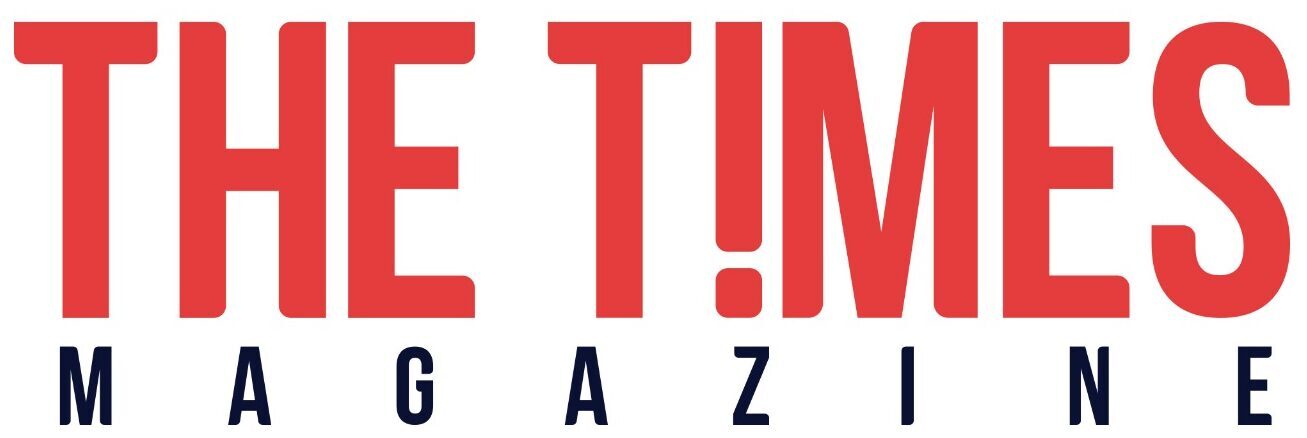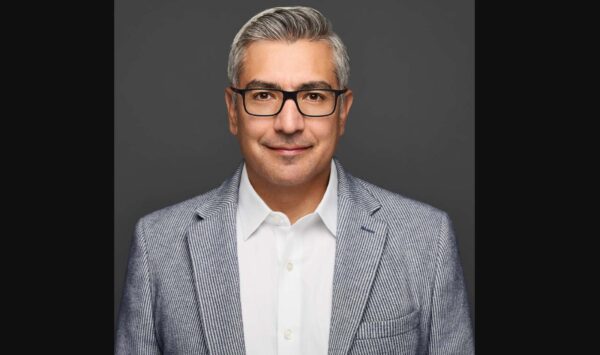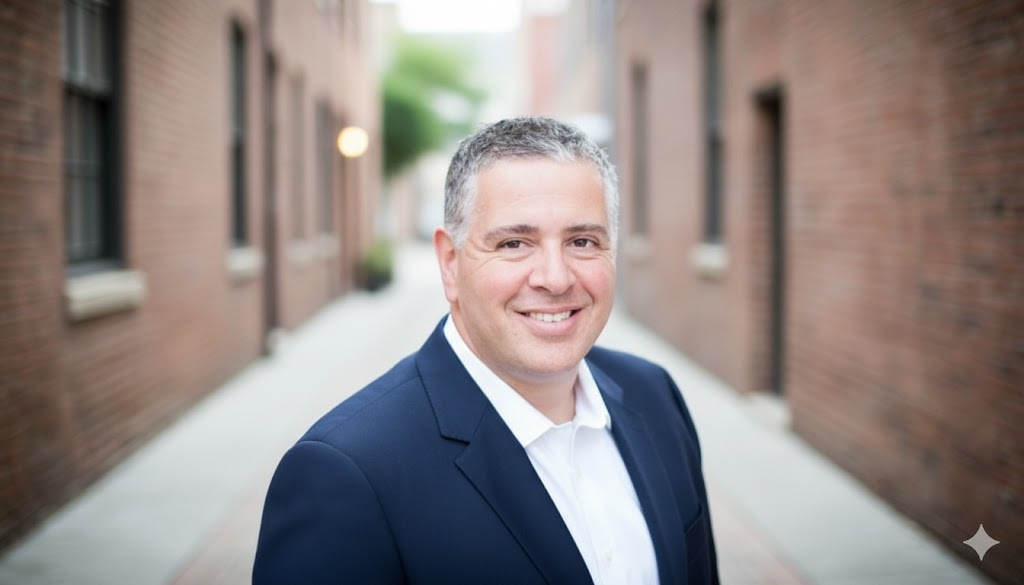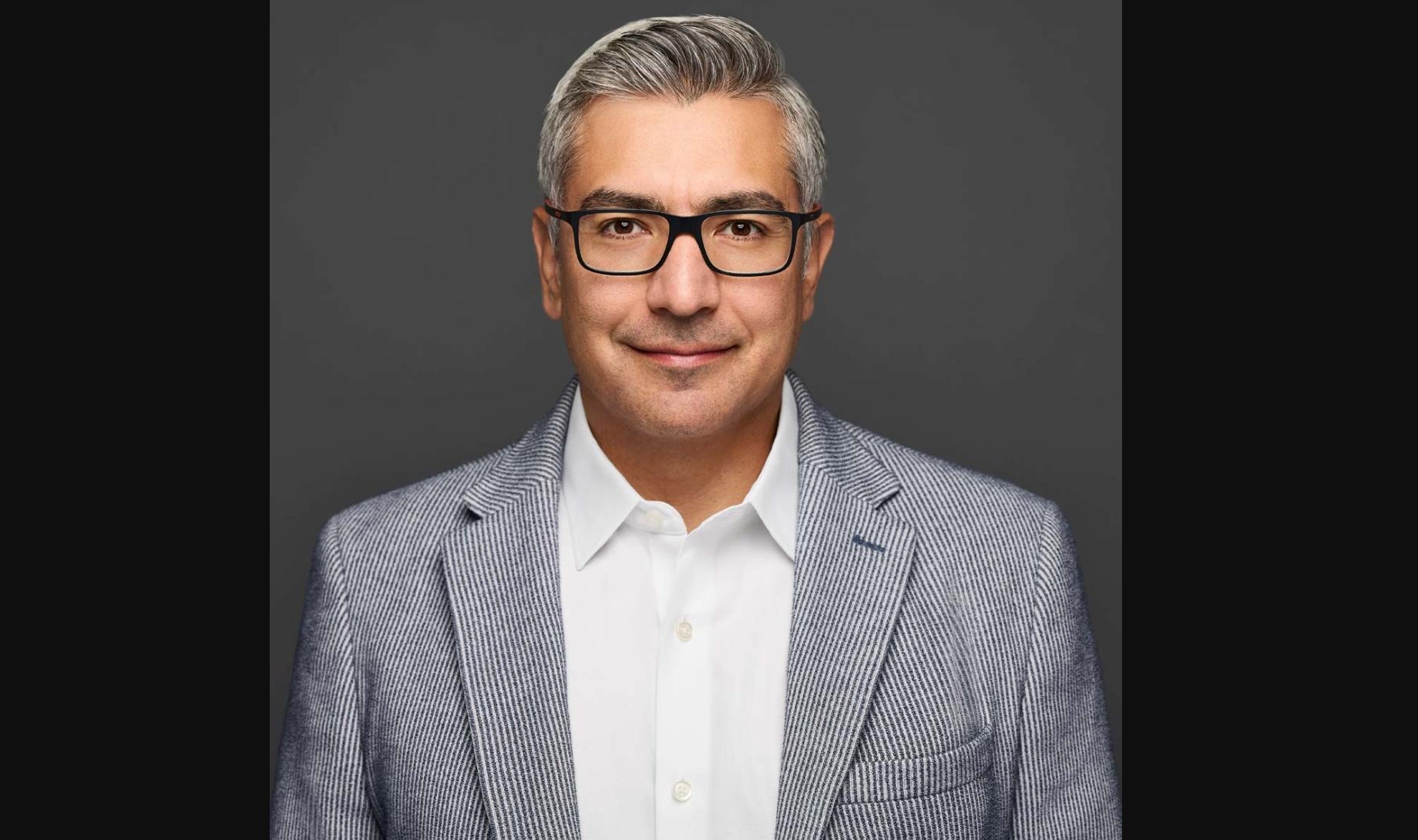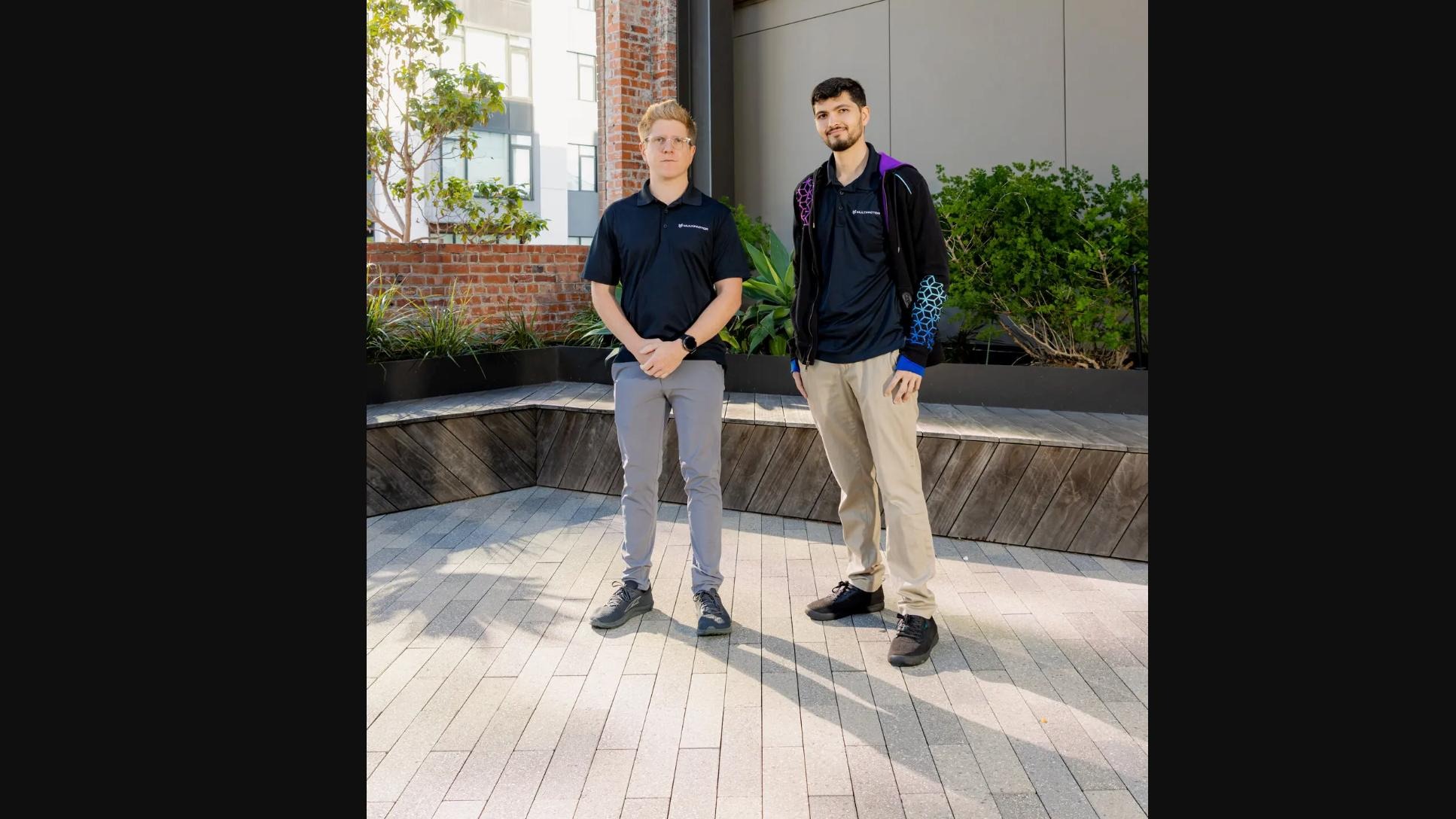In an era when hospitals feel perpetually stretched, Brook.ai has quietly begun to reimagine what “care” means. The Seattle‑based healthtech startup, which melds artificial intelligence with human clinical teams, has just raised $28 million in a Series B round co‑led by UMass Memorial Health and Morningside, setting the stage for broader deployment across U.S. health systems.
From Monitoring to Continuity: A New Remote Care Paradigm
For decades, remote patient monitoring has largely meant passive data collection: sensors, alerts, and dashboards that often sat disconnected from meaningful clinical action. Brook.ai seeks to invert that model. Its offering isn’t simply to watch—you have to act.
Brook’s platform combines an AI “companion” (trained on millions of patient conversations) with a human care team—nurses, coaches, clinicians—visible to patients at all times. In pilot deployments, Brook claims to have reduced readmissions for congestive heart failure by 90%, while improving hypertension control across participant cohorts by “up to 80% within six weeks.” Retention rates sit near 82%, and its Net Promoter Score is 66—markers not of novelty, but sustained user adoption. Behind these figures is a 204% growth in its enrolled patient base over the past year.
What is striking is the operational promise. Brook asserts that health systems can integrate the platform in 30 days, with no capital expenditure required. In discussions with executives, they emphasise that the glue is thoughtful system design—EMR integrations, risk stratification, escalation workflows—so that the burden doesn’t fall on already taxed provider teams.
“The difference with Brook is that people actually use it at home, every day. That engagement drives better outcomes and growth,” says Oren Nissim, CEO and co‑founder of Brook.ai. He frames the product less as a tool and more as a partner in habit formation—nudges, insights, interventions, all aligned with clinical oversight.
From the investor side, UMass’s leadership voice comes from direct experience. Eric Dickson, MD, President and CEO of UMass Memorial Health, notes: “We’ve seen firsthand how Brook’s remote care model improves patient outcomes and supports population health. That’s why we’re proud to lead this investment.” Morningside, too, emphasizes the duality of impact and system benefit as a differentiator.
With the new capital, Brook plans to expand its teams—product, engineering, clinical—and extend its reach into new patient populations and geographies. A key area of investment will be in safe AI development, a phrase that reflects growing scrutiny around algorithmic decisions in healthcare.
What Lies Ahead: Promise, Pitfalls, and Potential
Brook.ai’s infusion of capital arrives at a moment of both urgency and opportunity. The U.S. healthcare system is under mounting pressure: chronic disease burdens are rising, workforce constraints are tightening, and value-based care models are gaining traction. In this crucible, remote care that delivers measurable results—not just monitoring—is gaining currency.
But scaling healthtech remains an uphill battle. For Brook, the challenges are manifold:
Fragmented buyers: Health systems in the U.S. vary widely in size, infrastructure maturity, and risk appetite. Brook’s rapid 30‑day deployment pitch is compelling, but the procurement cycles, integration roadmaps, and regulatory overheads will test execution.
Reimbursement and business models: Remote care often lives in reimbursement grey zones. Unless Brook can align its outcomes with payer incentives and prove cost savings at scale, health systems will hesitate.
Expansion into new disease areas: So far, Brook’s strongest results are seen in cardiometabolic conditions. The test will be replicating that success across respiratory diseases, mental health, oncology, and beyond, without diluting effectiveness.
Trust and AI safety: With AI driving nudges and risk stratification, Brook must guard against biases, explainability failures, and clinical overreach. Investments in safe AI are less optional now than imperative.
Despite these headwinds, Brook.ai has several vectors of durable advantage. Its early results—especially in readmissions and hypertension control—offer compelling evidence for value. Its hybrid model (AI + human teams) mediates two common failure modes in digital health: technocratic automation and over-dependence on clinicians. And its buy-in from a health system investor (UMass) gives it a foundation of legitimacy.
In a few years, Brook’s journey may look like a case study: Can one company shift care delivery deeper into the home while maintaining quality, trust, and financial alignment? If it succeeds, the model could become not just another telehealth player, but a reference architecture for continuous, outcome-driven care.
If you need further assistance or have any corrections, please reach out to editor@thetimesmag.com.
